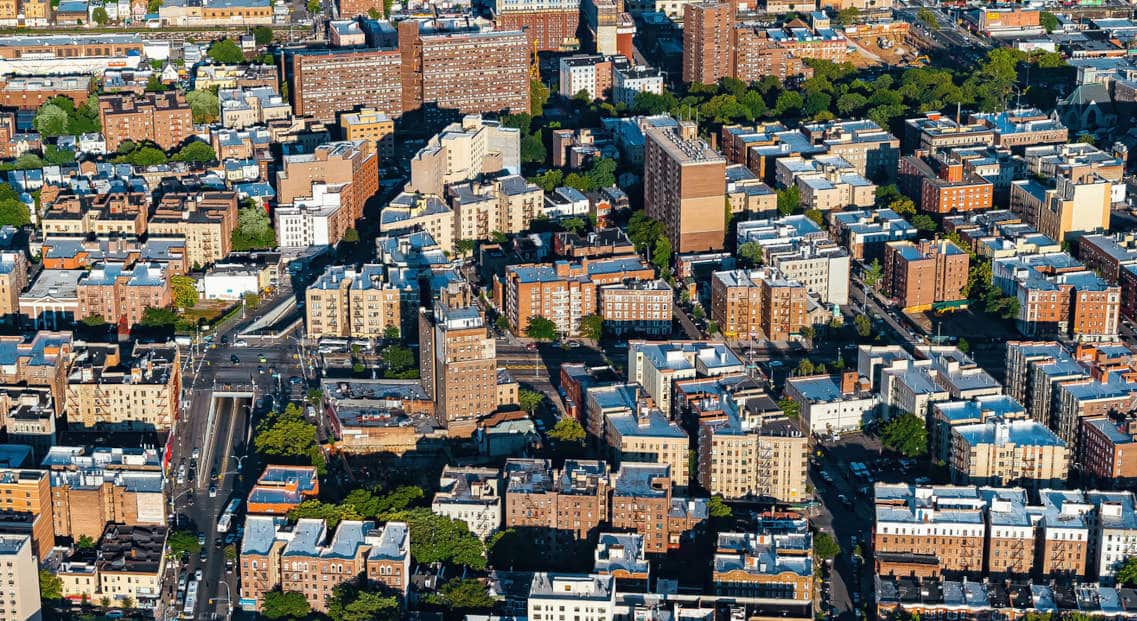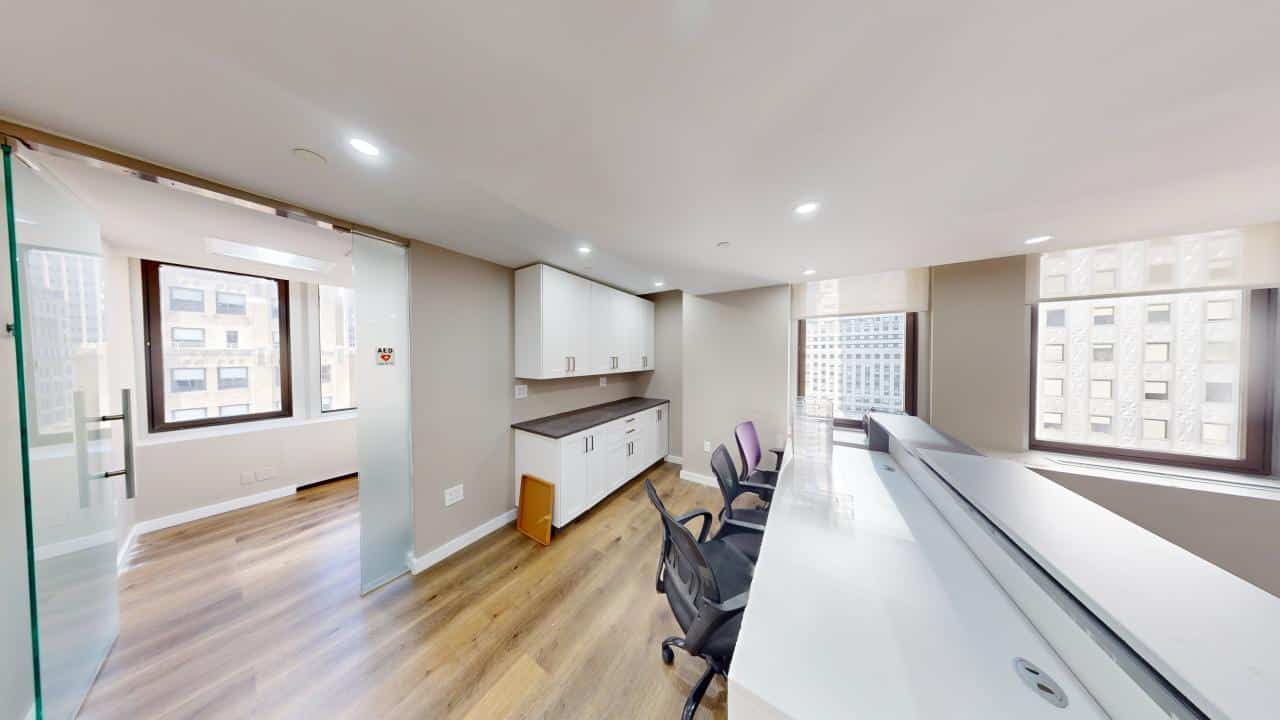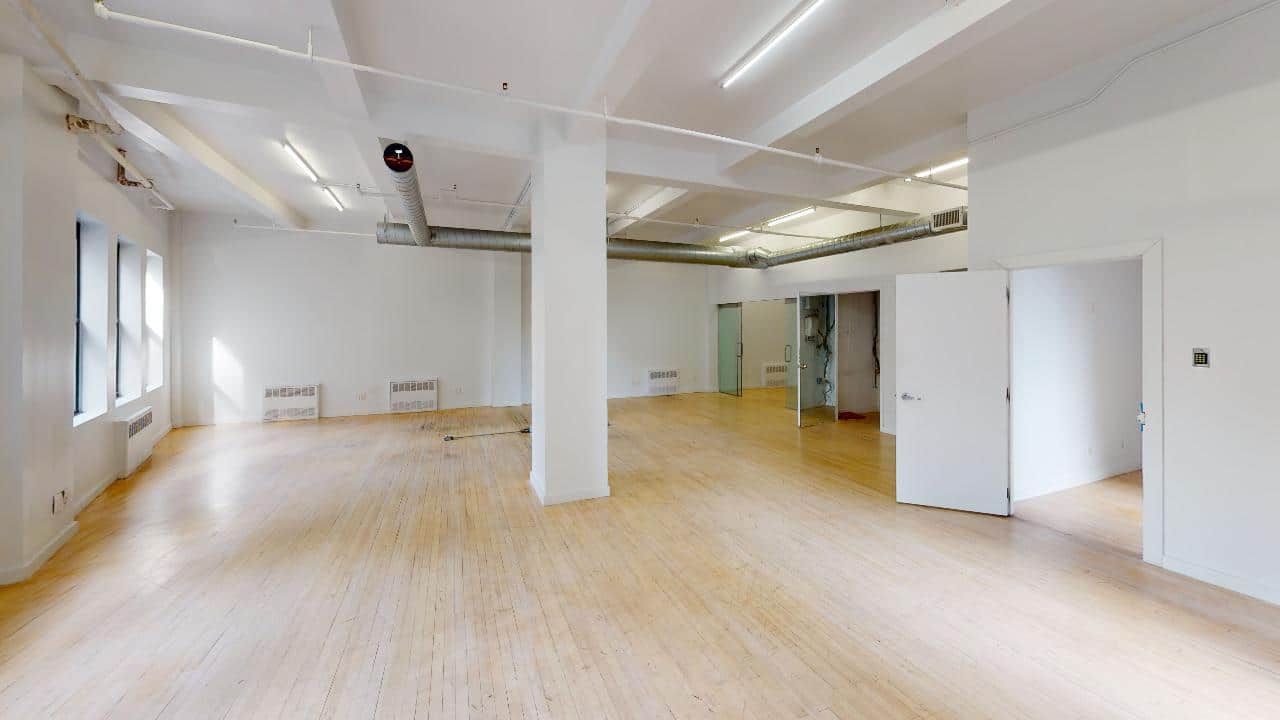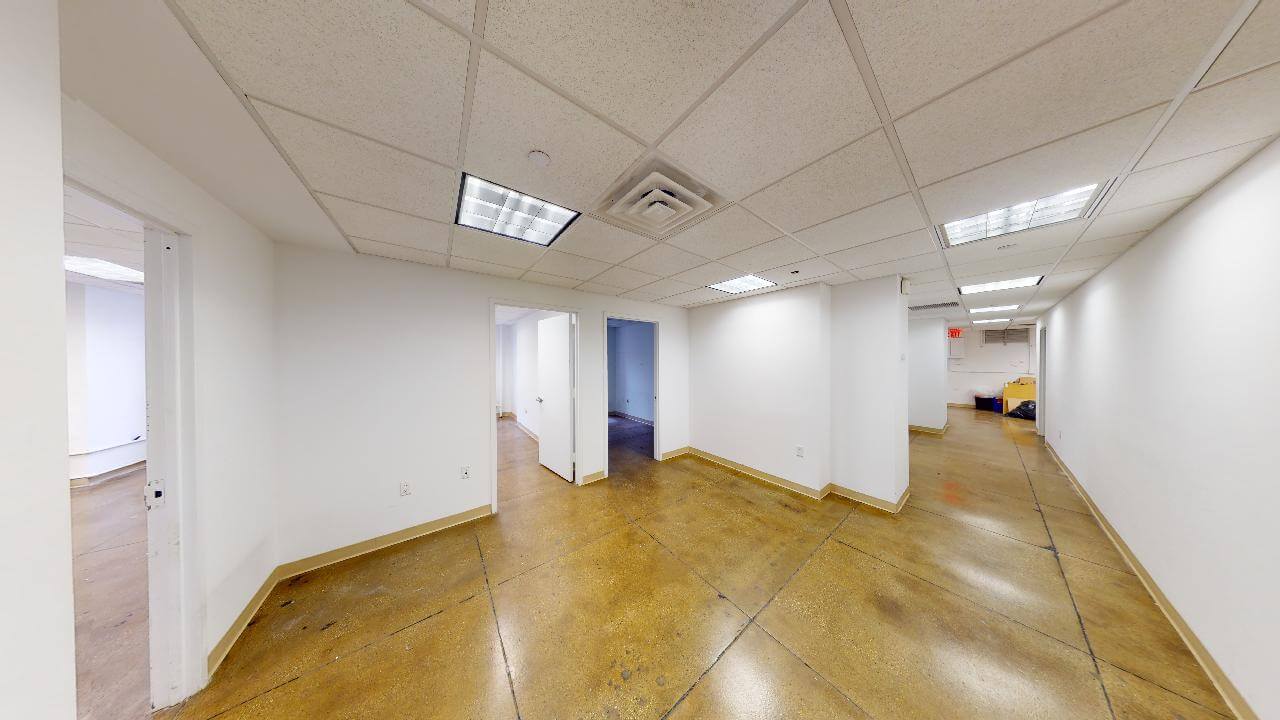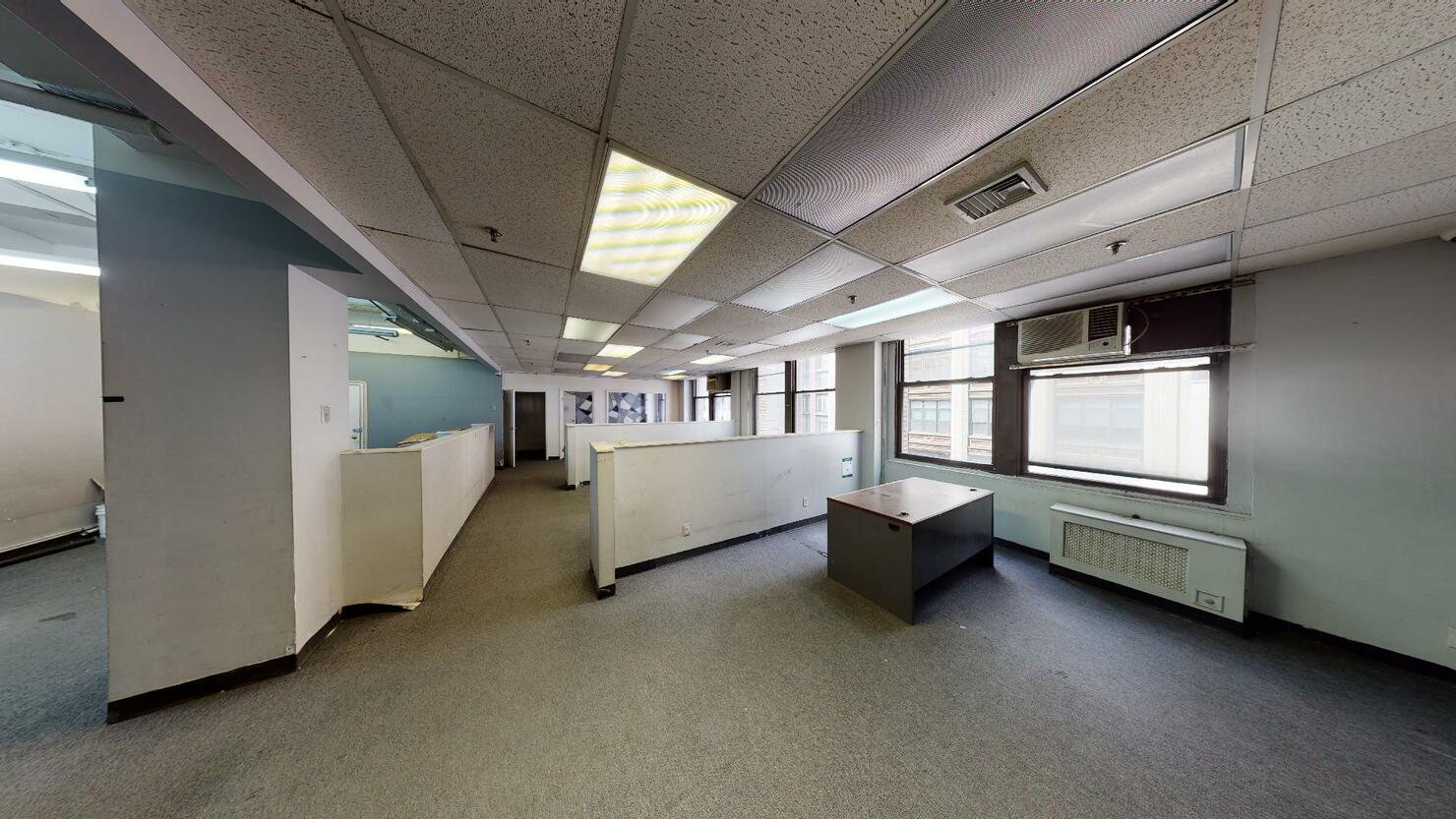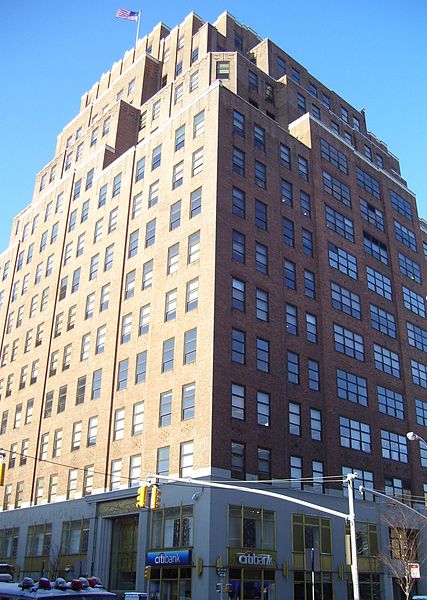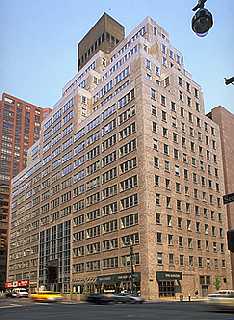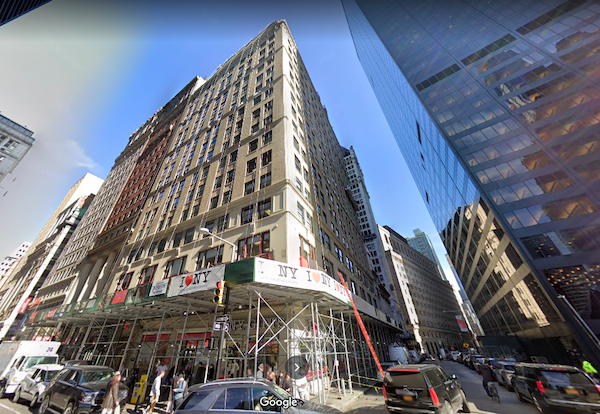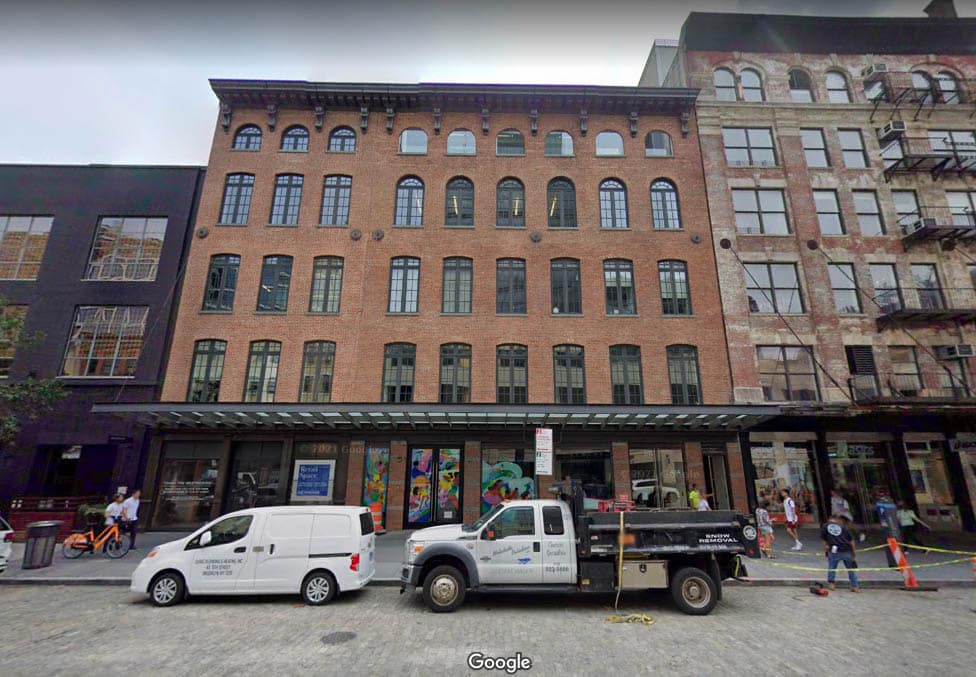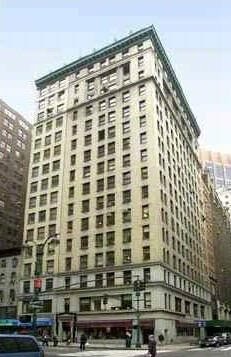New York City’s real estate is an ever-changing landscape that can surprise even seasoned observers. Take the Bronx, for instance, once hailed as an upscale hub with the Grand Concourse – its answer to Park Avenue and Paris’s Champs-Élysées. For decades, the Bronx was flourishing. However, as in every story, progress comes with a price. The 1930s saw the rise of Robert Moses’ vision, the Cross Bronx Parkway, which unknowingly ushered in an era of turbulence.
Unsettling times of urban decline, crime, and civil unrest followed. Landlords would set apartment buildings on fire purposefully in some parts of the borough. But as the adage goes, change is the only constant. Today, while traditional Manhattan business districts are wrestling with decline, the Bronx is witnessing a promising turnaround, specifically in neighborhoods like Mott Haven. What’s driving this, and will it last? This piece aims to answer just that.
Tracing the Historical Arc of Bronx Real Estate
Let’s travel back in time to trace the evolution of Bronx real estate. The narrative is fascinating, just as much as poignant, from the heyday of the Grand Concourse to the present times.
The Grandeur of the Grand Concourse
Once, people praised the Grand Concourse as the “Park Avenue of the Bronx,” reflecting the urban grandeur of Paris’s Champs-Élysées. Designed by French immigrant Louis Aloys Risse from 1894 to 1909, this majestic boulevard, resplendent with tree-lined medians and striking architecture, aimed to bridge Manhattan with the northern Bronx. Needless to say, Bronx real estate had a magnetic appeal to it, and the borough was buzzing. Yet, that all changed once the Cross Bronx Parkway came around.
The Turning Point: The Cross Bronx Parkway’s Consequential Impact on the Bronx
In the 1930s, the Bronx underwent a drastic transformation due to the construction of the Cross Bronx Parkway. Orchestrated by Robert Moses, this project displaced over 1,500 families, signaling the start of the borough’s decline. While the Parkway economically boosted the city, it left a profound imprint on the Bronx. Mass dislocation impacted families in communities like East Tremont, who bore the brunt of the upheaval. Moreover, additional socio-economic challenges further catalyzed the borough’s slide into urban decay.
The 1970s- “The Bronx is Burning”
Post the Parkway’s establishment, Bronx real estate wrestled with unprecedented challenges. During the 1970s, the population dropped by 30% as families fled the borough. Streets like Charlotte Street stood as poignant reminders of rampant arson, their homes reduced to smoldering rubble. Infamous landlords even hired arsonists to intentionally set their buildings ablaze, hoping to collect insurance money.
In the South Bronx, neighborhoods succumbed to rampant fires, sparking widespread fear. The crisis became a national spectacle during the 1977 World Series when Howard Cosell declared, “Ladies and gentlemen, the Bronx is burning.” President Jimmy Carter visited the scorched Charlotte Street as the situation intensified, labeling it the “worst slum in America.”
Crime Peaks, then Recedes
The Bronx continued facing turbulent times during the late 1980s and early 1990s, entangled in a city-wide crime wave spurred by the crack epidemic. Hotspots like Mott Haven were particularly affected, witnessing sky-high crime rates.
However, the new millennium signaled a turning point. From the 2000s, crime rates took a steady downturn, ushering in an era of recovery. An influx of luxury housing also began to reshape the landscape, buoyed by New York City’s burgeoning real estate market.
Seeds of Rebirth
The Bronx in 2023 stands as a vibrant symbol of urban rebirth and resilience. Neighborhoods once steeped in infamy, such as Mott Haven, have cast off their grim past. What was once an industrial district riddled with crime now thrives as a vibrant residential hub. Rezoning efforts in 2009 and 2017 ignited this transformation, attracting a wave of development investments that led to the rise of towering apartment blocks and luxurious dwellings.
The transformation of Charlotte Street perfectly encapsulates this revivalist spirit. Once a depleted, fire-ravaged symbol of America’s “worst slum,” it’s now a thriving community, with streets canopied by trees and homes ranging from ranch-style to two-story houses.
A Closer Examination of the Bronx Real Estate Revival: A Spotlight on Mott Haven
The resurgence of the Bronx has captured attention nationwide. Once viewed with trepidation, the borough is now hailed as an urban success story, defying decades of decay to rise anew. Nowhere is this clearer than in Mott Haven.
A Hotspot for New Luxury Developments
One of the linchpins of Mott Haven’s revival is the influx of luxury housing projects. As reported by Forbes, since 2013, Mott Haven has consistently ranked as one of NYC’s most popular apartment markets. The Arches, a duo of luxurious 25-story towers on East 135th Street, embody this trend with their 430 premium units.
Adding to the landscape, Brookfield Properties’ massive $950 million venture, Bankside, is reshaping Mott Haven’s skyline. This formidable project features seven high-rise towers, 1,379 luxury residences, five retail areas, and a riverside public park. Additionally, their tower at 101 Lincoln Avenue alone brings 921 units to the local housing market.
However, this may only be the beginning. As reported by The Real Deal, over 5,000 apartments across 20 residential projects are poised to grace Mott Haven in the coming years. Significantly, these developments prioritize affordability, with an approximate split of 70% market rate and 30% affordable housing units.
Piquing Renter Interest: Affordability and Accessibility
With record high rents of $4,395 in Manhattan and $3,400 in Brooklyn, as per StreetEasy data, many New Yorkers are seeking more budget-friendly alternatives. With its median rent of $2,950, Mott Haven provides an attractive alternative, offering a blend of luxury living and affordability.
Moreover, Mott Haven’s proximity to multiple NYC subway lines and high walkability score has further increased its appeal. This fact, combined with the 31% rent growth in Mott Haven since May 2019, indicates a burgeoning demand for Bronx real estate.
The Ripple Effect: Bronx’s Broader Rental Market
Mott Haven isn’t the only Bronx neighborhood experiencing a revival. University Heights, Pelham Parkway, Concourse, and Fordham also witnessed sharp rent growth this year. These developments point to a broader shift, indicating that the revitalization of Mott Haven could be sparking a wider transformation of Bronx real estate.
Furthermore, with the Bronx commanding the highest listing traffic in the Northeast, according to RentCafe data, and a 50% increase in listing traffic since last year, it’s clear the borough is on an upward trajectory.
Bronx’s Comeback: An Intriguing Turn Amid NYC’s Changing Real Estate Landscape
New York City, a melting pot of distinctive boroughs, presents a study in contrasts. You can see firsthand how the Bronx’s revival compares to other city neighborhoods, boroughs, and traditional business districts.
The Tale of Contrasting Recoveries Across NYC Boroughs
NYC’s post-pandemic landscape is a tale of two realities. On the one hand, mixed-use areas outside Mott Haven, like Williamsburg, Chelsea, and the Flatiron District, are thriving. Greenwich Village’s median rent was up 30% from April 2019 to April 2023. SoHo is recording the lowest retail space availability since 2014. The Upper West Side is witnessing an influx of young professionals.
On the other hand, a different story unfolds in Manhattan’s traditional business districts. These once-vibrant areas now echo with silence, marked by vacant office spaces. This shift is particularly noticeable in affluent neighborhoods like the Plaza District, Park Avenue, Upper East Side, and Miracle Mile. The pandemic’s impact continues reverberating, underlining an uneven recovery across the city.
The Key Takeaway
Intertwined with the larger narrative of the Bronx, Mott Haven’s story foretells promising days ahead. This borough’s challenging past and ongoing transformation paint a picture of resilience that other regions could learn from. While some skeptics doubt the sustainability of recent rent averages, the prevailing trends in the borough are irrefutable.
As we close, it’s clear that the resilience and transformation within the Bronx’s real estate landscape are a testament to the borough’s potential. Despite skepticism and lingering concerns, the undeniable momentum behind these changes carries a sense of optimism. Looking forward, the unfolding story of the Bronx offers intriguing opportunities for residents, investors, and the city as a whole.
